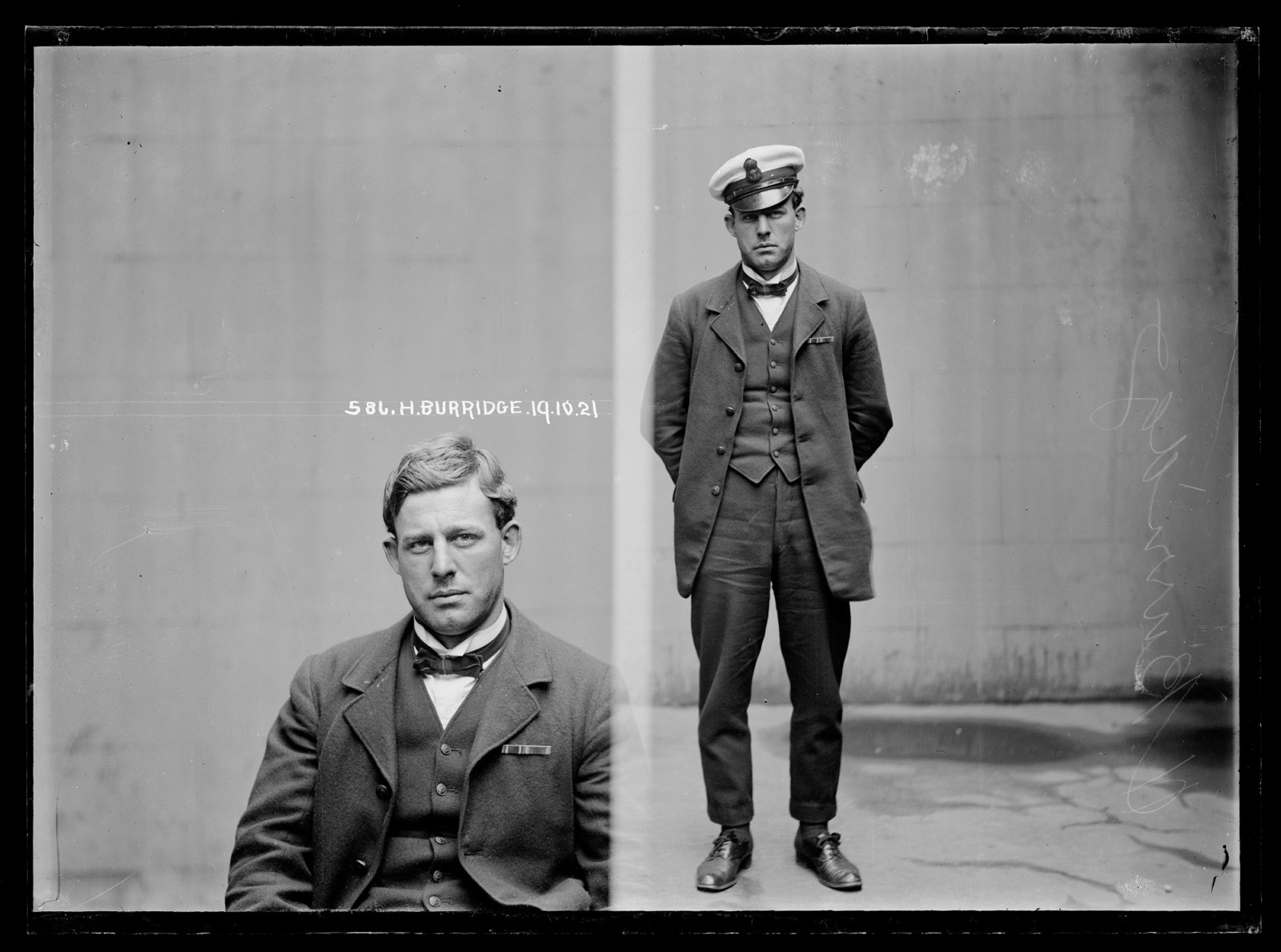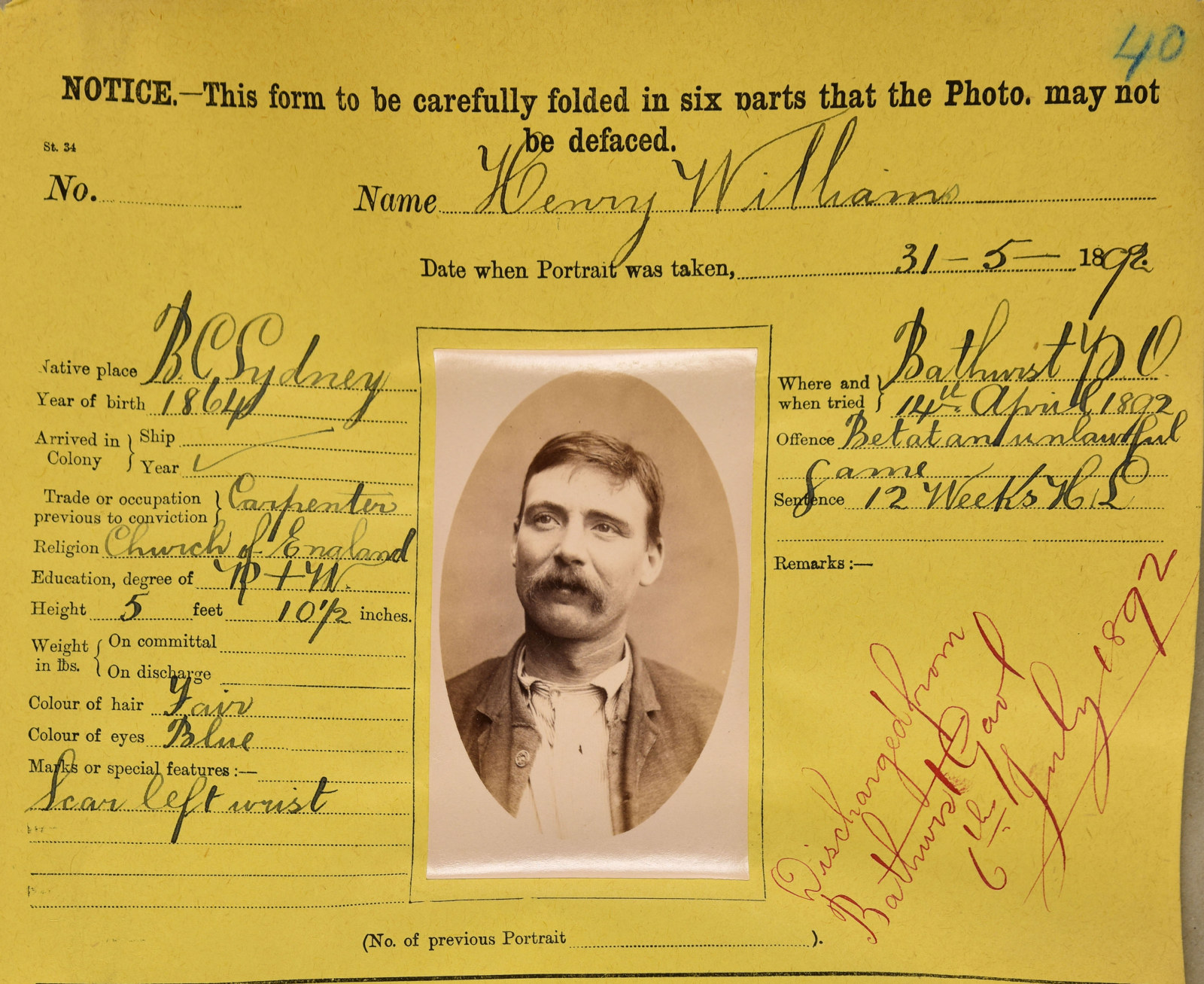The Black Hand in Sydney
Restrictions on the sale of alcohol offered tantalising opportunities for organised crime groups around the world. A Mafia-style organisation known as the Camorra began to make inroads into Australia during the 1920s.
After arriving in Sydney from Italy, the group set themselves up in a number of businesses, including greengrocers and hairdressers and on farms in regional areas. Under this cover, they were said to be involved in sly grog, blackmail, insurance fraud, arson, prostitution and the cocaine trade.
"Razorhurst, Gunhurst, Bottlehurst, Dopehurst – it used to be Darlinghurst, one of the finest quarters of a rich and beautiful city; today it is a plague spot where the spawn of the gutter grow and fatten on official apathy. By day it shelters – in its alleys, in its dens – the underworld people. At night it looses them to prey on prosperity, decency and virtue, and to fight one another for the division of the spoils.
This newspaper demands that Razorhurst be swept off the map, and the Darlinghurst we knew in better days be restored. It demands new laws, and new strength for their enforcement. And it points, for convincing and horrifying evidence, to the crimes already to Razorhurst’s discredit. Recall the human beasts that, lurking cheek by jowl with decent people, live with no aim, purpose or occupation but crime – bottle men, dope pedlars, razor slashers, sneak thieves, confidence men, women of ill repute, pickpockets, burglars, spielers, gunmen and every brand of race course parasite.
Razorhurst grows more and more undesirable as a place of residence for the peaceful and industrious. Unceasingly it attracts to its cesspool every form of life that is vile."
Truth, September 1928
In Sydney, the group’s three principal office-bearers were Giuseppe Mammone, Filippo Pignataro and Domenico Belle. Mammone already had a complex criminal history before coming to Sydney. In a manuscript about his life that was found during a police raid, he claimed that in 1919 he had been sentenced to death in the electric chair for killing a man in New York; however, the day before he was to be executed he was granted a new trial, at which he received a two-year sentence. On his release, he left New York for Italy and then travelled to Sydney.
Mammone, Pignataro and Belle came to New South Wales Police attention in 1930, when Belle was murdered. On 11 February, two Italian men passed through the turnstile at Newtown Railway Station, in the city’s inner west. One of the men was Belle; the second man has never been identified. Witnesses said that at the top of the stairs to the station, the unidentified man plunged a dagger into his companion’s breast. Belle slumped to the ground, and died soon afterwards.
Police suspected that an Italian secret society was involved in the hit, but they did not know much about the organisation, and nor did authorities in London whom they contacted for more information. The Australian media, meanwhile, went into a frenzy, attributing the murder to a sinister group known as the Black Hand or the Camorra or the Mafia – no-one really knew who they were, just that they were an ‘evil society’.
"Proof of the existence in Sydney of a murderous secret society whose members are foreigners was given in the inquest on Domenico Belle, the Italian stabbed to death with a stiletto on the steps of the Newtown railway station …"
The Evening News [Queensland] 26 December 1930
Members of the Italian community were questioned but proved reluctant to talk. However, letters found in Belle’s home tied him to Mammone and Pignataro, and the pair became key suspects. Police soon pieced together two possible motives for the murder. In 1928, Pignataro had been found guilty of running a sly-grog den and having an unlicensed pistol in his possession, and was fined £60. If he failed to pay the fine, he would serve six months in prison. Some Italians raised money to secure his freedom, but Belle took the money to the horseraces and blew the lot, leaving Pignataro to languish in jail. Then, in 1930, Belle torched Mammone’s barbershop in an attempted insurance scam arranged by the pair. The claim was rejected by the insurance company; when Mammone did not pay Belle the agreed amount, the pair fought. Following Belle’s murder, police suggested that both Pignataro and Mammone had reason to want him dead, but no further evidence emerged.
Belle’s killer was never found, but in the process of investigating the murder, New South Wales Police learned a lot about Italian secret societies. The police vowed to stamp out the Mafia menace; they failed.
New South Wales Police documented Domenico Belle’s murder through a short series of crime-scene photographs. They took only a handful of images and the deceased does not appear in any of them; this was common police practice in Sydney at the time.
Related

WW1
A dubious defence
On 19 October 1921 Herbert Burridge was listed in the New South Wales Police Gazette as a deserter from HMAS Cerberus

Archives behind the scenes - gaol photos
In this episode we show you the very popular Gaol Photo Description Books. The photos (or mugshots) of prisoners are from gaols right across NSW and date from 1870-1930
Published on